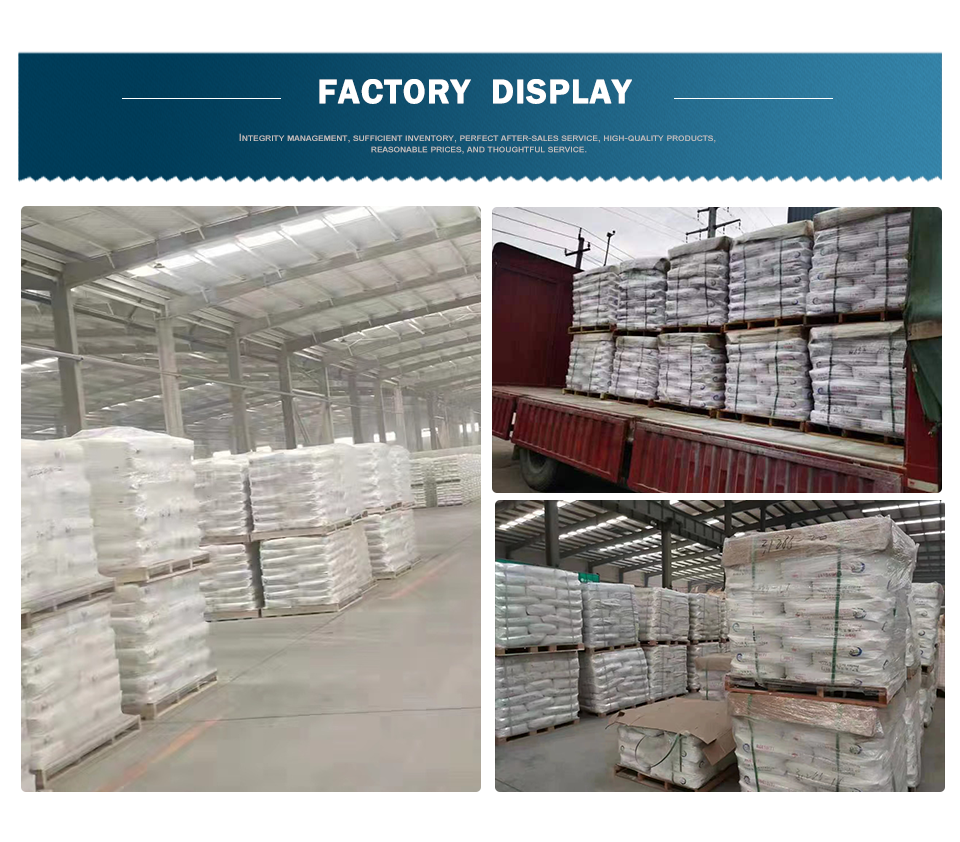
Nov . 21, 2024 21:48 Back to list
general titanium dioxide
Understanding General Titanium Dioxide Applications, Properties, and Environmental Impact
Titanium dioxide (TiO2) is a widely used inorganic compound that has garnered significant attention in various industries due to its remarkable properties. As a versatile material, TiO2 has found its way into products ranging from paints and coatings to cosmetics and food additives. This article explores the various aspects of titanium dioxide, including its applications, inherent properties, and environmental implications.
Properties of Titanium Dioxide
Titanium dioxide is known for its bright white color and exceptional opacity. It exhibits excellent UV resistance, which makes it an ideal pigment for products exposed to sunlight. Additionally, TiO2 possesses high refractive index and excellent light scattering capabilities, further enhancing its utility in various applications. The compound exists in three primary crystallographic forms rutile, anatase, and brookite, with rutile being the most stable and widely utilized in commercial applications.
The substance is chemically stable, non-toxic, and non-flammable, making it a safe option for many consumer goods. Its ability to act as a photocatalyst also opens avenues for innovative applications, particularly in environmental remediation and energy conversion processes.
Applications of Titanium Dioxide
1. Pigments and Coatings The most common use of titanium dioxide is as a white pigment in paints, coatings, and plastics. It provides excellent coverage and durability, making it a preferred choice for manufacturers. Almost all premium-grade paints contain TiO2 due to its outstanding performance characteristics.
2. Cosmetics and Personal Care Products TiO2 is widely utilized in sunscreens and cosmetics due to its excellent UV-filtering capabilities. It protects the skin from harmful UV radiation while also serving as a pigment in products like lotions and foundations.
general titanium dioxide

3. Food Additives Titanium dioxide is used as a food colorant (E171) to enhance the whiteness of certain products, including dairy items, confectionery, and sauces. Its approval as a food additive varies by region, and there are ongoing discussions regarding its safety.
4. Pharmaceuticals In pharmaceuticals, TiO2 acts as a pigment in tablet formulations and serves as a stabilizer and filler. Its non-reactive nature makes it suitable for medications consumed orally.
5. Environmental Applications As a photocatalyst, TiO2 can break down organic pollutants in air and water when exposed to UV light. This property is exploited in air purification systems and wastewater treatment processes, showcasing its potential in mitigating environmental pollution.
Environmental and Health Concerns
Despite its widespread use, concerns regarding the environmental impact and potential health risks of titanium dioxide have emerged. Inhalation of TiO2 dust has been associated with respiratory problems in occupational settings, leading some organizations to classify it as a potential carcinogen. Furthermore, the environmental implications of its use as a food additive and its impact on aquatic ecosystems are subjects of ongoing research.
Regulatory bodies, including the European Food Safety Authority (EFSA) and the U.S. Food and Drug Administration (FDA), continue to assess the safety of titanium dioxide, leading to varying regulations in different countries. There is an ongoing dialogue emphasizing the need for alternative substances and compounds to mitigate potential risks.
Conclusion
Titanium dioxide is an invaluable compound that plays a significant role in multiple industries. While it offers numerous benefits and applications, it is essential to remain vigilant about its environmental and health impacts. Continued research and development of safer alternatives can help balance the demand for TiO2 with the need for sustainability, ensuring a safer future for consumers and the environment alike. As industries evolve, the future of titanium dioxide will likely reflect a combination of innovation and responsibility.
-
Premium 6618 Titanium Dioxide for GPT-4 Turbo Applications
NewsJul.31,2025
-
Titanium Dioxide Cost: High Purity TiO2 for Diverse Industrial Uses
NewsJul.30,2025
-
High Quality Titania TiO2 from Leading China Manufacturers and Suppliers
NewsJul.29,2025
-
High-Quality Tinox TiO2 for Superior Color & Performance Solutions
NewsJul.29,2025
-
High Quality Titania TiO2 from Leading China Supplier & Manufacturer
NewsJul.29,2025
-
High-Performance r6618 TiO2 for Superior Whitening and Versatility
NewsJul.28,2025
